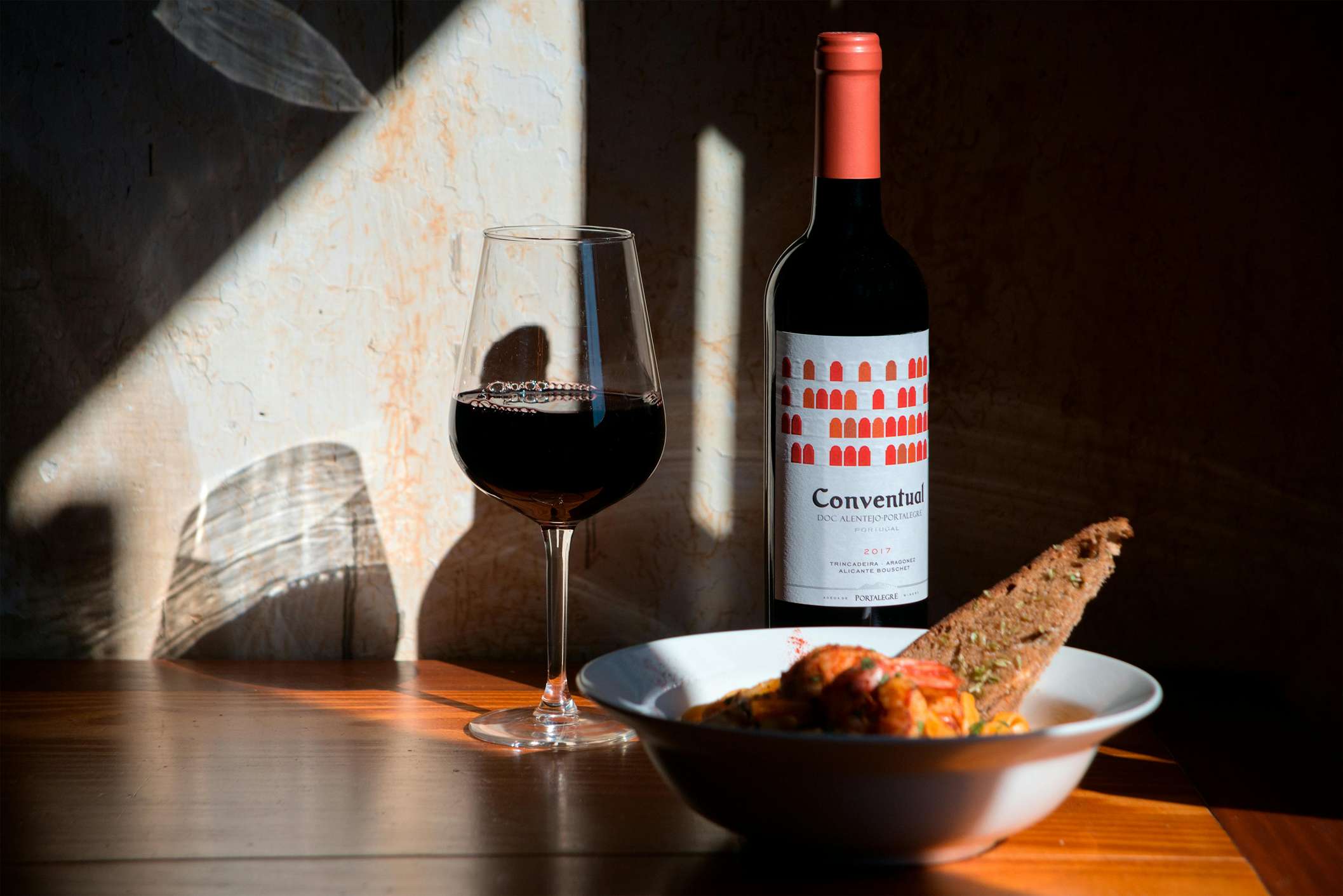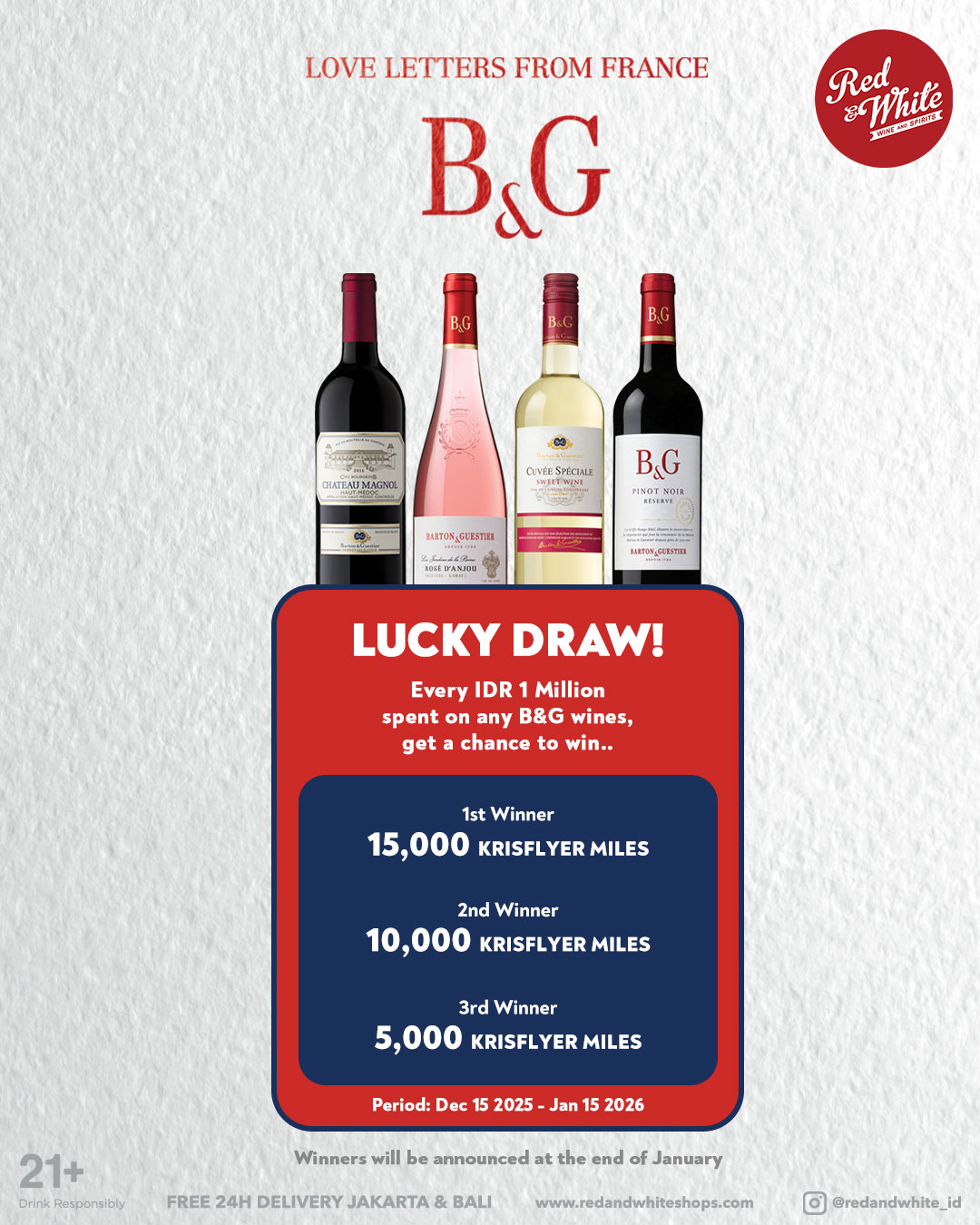
Understanding the Wine Sweetness Scale
When it comes to enjoying a good glass of wine, understanding the wine sweetness scale can enhance your tasting experience. The wine sweetness scale helps wine enthusiasts gauge how sweet or dry a wine is, which can significantly impact their choice and enjoyment.
Dry wines
Dry wines are at the lowest end of the wine sweetness scale. These wines contain very little residual sugar, usually less than 1% or about 4 grams of sugar per litre.
The dryness of a wine is determined by the winemaking process, where the fermentation process converts almost all the grape sugars into alcohol.
Some popular dry wines include Sauvignon Blanc, Chardonnay, and Cabernet Sauvignon. These wines often have a crisp, refreshing taste and pair well with a variety of foods, making them a favourite choice for many wine drinkers.
If you’re exploring the wine sweetness scale, starting with a dry wine can give you a good baseline for comparison.
Off-dry wines
Moving up the wine sweetness scale, off-dry wines are slightly sweeter than dry wines but still not overly sweet. These wines usually contain between 1% to 3% residual sugar, or approximately 4 to 12 grams of sugar per litre. The hint of sweetness in off-dry wines makes them versatile and easy to drink.
Examples of off-dry wines include certain types of Riesling and Pinot Gris. These wines can complement dishes with a slight sweetness, like Asian cuisine or lightly spiced foods.
When navigating the wine sweetness scale, off-dry wines offer a pleasant middle ground for those who prefer a hint of sweetness without overwhelming the palate.
Semi-sweet wines
Semi-sweet wines fall in the middle of the wine sweetness scale. These wines have a noticeable sweetness but are not as sugary as dessert wines. Typically, semi-sweet wines contain between 3% to 8% residual sugar, or about 12 to 45 grams of sugar per litre.
Popular semi-sweet wines include Moscato and some Rosé varieties. These wines are great for those who enjoy a sweeter flavour without the richness of fully sweet wines.
They are often enjoyed on their own or paired with fruit-based desserts and mild cheeses. As you progress through the wine sweetness scale, semi-sweet wines offer a delightful balance of sweetness and acidity.
Related article: A Delicious Guide to Pairing Food with Rosé Champagne
Sweet wines
At the top of the wine sweetness scale are sweet wines, also known as dessert wines. These wines contain a high level of residual sugar, typically more than 8% or over 45 grams of sugar per litre. Sweet wines are often enjoyed in smaller quantities due to their rich and intense flavours.
Notable sweet wines include Port, Sauternes, and late-harvest Rieslings. These wines are perfect for pairing with desserts or even as a dessert on their own.
For those with a sweet tooth, the top tier of the wine sweetness provides a luxurious and satisfying experience.
Armed with a better understanding of the wine sweetness scale, you can start to enhance your wine-tasting adventures. Now that you know where each wine falls on the sweetness scale, you can discover which level of sweetness you prefer and make more informed choices. The next time you reach for a bottle, consider where it stands on the wine sweetness scale and savour the flavours it offers!
More than just a trendy drink, wine should be appreciated for its diverse production methods resulting in refreshing flavours. If you’re looking for your favorite wine, Red and White Shop provides you the best brand of wines. Go to our wine stores, order, and have your drinks.




